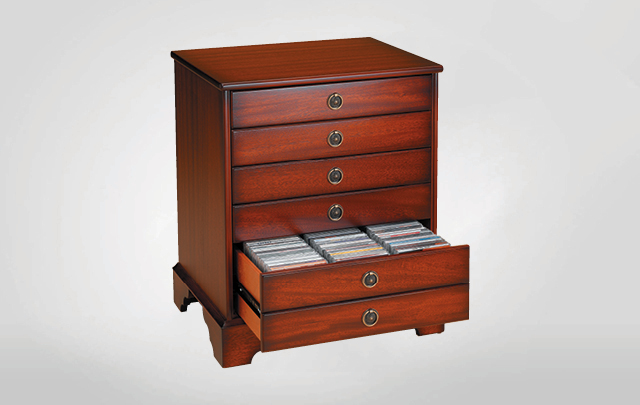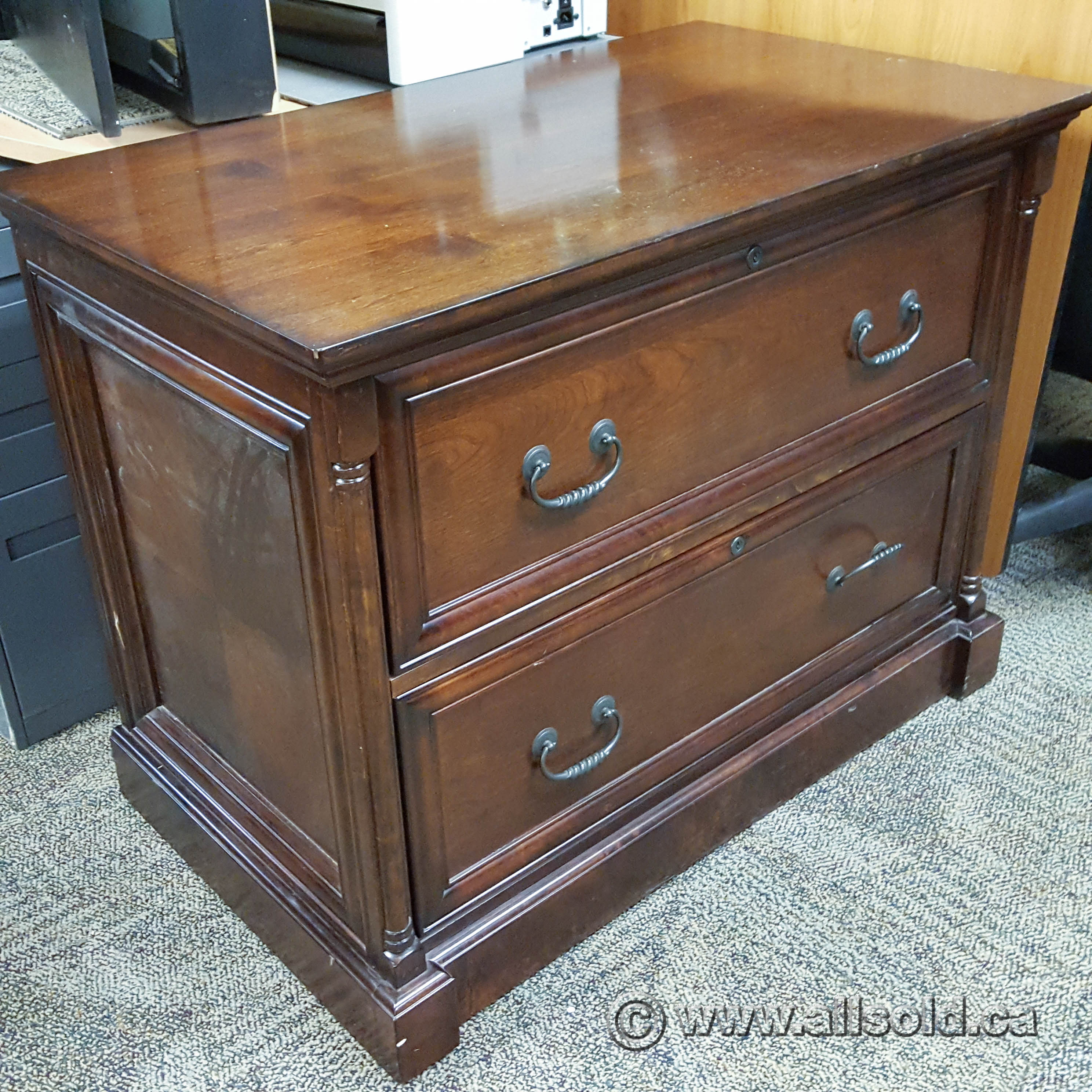


Added three more backplanes and one more SATA card.Added one additional drive bracket to handle another row of 15 drives.Increased the length of the backplane tray to support 12 backplanes.Server racks are typically 29” in depth, more on that later. Increased the chassis by 5 ½” from 28 1/16” to 33 9/16” in length.We did make some changes to Storage Pod 6.0 however: Since each Storage Pod in a Backblaze Vault is expected to perform similarly, we monitored and detected those Storage Pods that were lagging as well as those that were “bored.” By doing this, were were able to determine that most of the components in Storage Pod 6.0 did not need to be upgraded to achieve optimal performance in Backblaze Vaults utilizing 60 drive Storage Pods. To do this, we assembled a Backblaze Vault with 20 prototype Storage Pods in three different configurations. What hard drives will work with this configuration? Would we have to use enterprise drives? Just kidding!Īs part of the prototyping effort we built multiple configurations and Backblaze Labs put each configuration through its paces.Will the overall Storage Pod be correctly balanced between CPU, memory, storage, and other components so that nothing is over/under-spec’ed?.Will more or faster memory be required?.Will the CPU and the motherboard be able to handle the additional data load of 15 more drives?.
Disk archive storage cabinets upgrade#

Disk archive storage cabinets update#
Agile also enabled us to manage a rapid design prototyping process that allowed us to stretch the Storage Pod chassis to include 60 drives, then produce 2-D and 3-D specifications, a build book, a bill of materials, and update our manufacturing and assembly processes for the new design-Storage Pod 6.0. Storage Pod 5.0 marked our initial use of the Agile manufacturing and design methodology which helped identify and squeeze out more costs, driving our cost per gigabyte of storage below $0.05. Over the years, we introduced updates to the Storage Pod design, driving down the cost while improving the reliability and durability with each iteration. We also open-sourced the hardware design of Storage Pod 1.0 and companies, universities, and even weekend hobbyists started building their own Storage Pods. In 2009, Storage Pod 1.0 changed the landscape in data storage servers by delivering 67.5TB of storage in a 4U box for just $0.11/GB-that was up to 10 times lower than comparable systems on the market at the time. Your cost may be a bit more, but it is possible for you to build a 4U server with 480TB of data storage for less than a nickel ($0.05) a gigabyte-read on. The Storage Pod 6.0 hardware design is, as always, open source so we’ve included the blueprints, STEP files, wiring diagrams, build instructions, and a parts list so you can build your very own Storage Pod. That’s 22% less than our Storage Pod 5.0 storage server that used 45 drives to store data for $0.044/GB.

Storage Pod 6.0 deploys 60 off the shelf hard drives in a 4U chassis to lower the cost of our latest data storage server to just $0.036/GB.


 0 kommentar(er)
0 kommentar(er)
